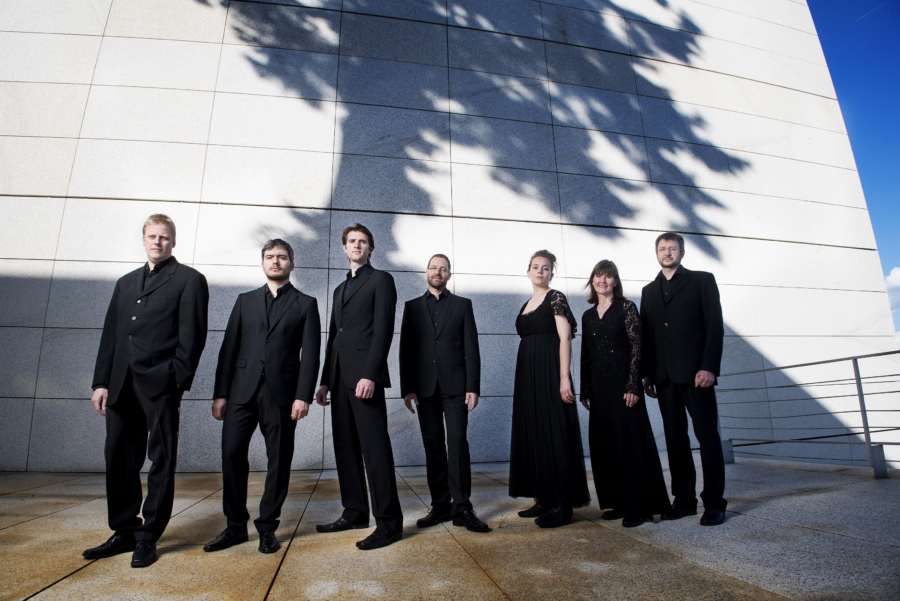The Piazza Navona lay at the heart of the city of Rome in the late sixteenth and early seventeenth centuries. Built over the ruins of the Stadium of the Emperor Domitian, it retained the form of the Roman stadium and, lined with buildings, formed an ideal space for show – especially for religious processions. This was exploited by the Castilian immigrant community in Rome whose church of S. Giacomo degli Spagnoli lay at one end of the piazza. The Castilians promoted the cult of the Apostle James the Greater, patron of Spain. While the church’s main entrance was on the Via della Sapienza (now the Corso del Rinascimento) facing east, a second facade with two entrance doors, was built on the end of the church facing onto the Piazza Navona during the reign of the Spanish Pope Alexander VI Borgia (1492–1503). Thenceforth processions could start and finish at this facade and make use of the extended space provided by the piazza.
After 1559 Spain directly ruled Naples and Milan but also exercised a degree of hegemony over the papal states, with Spanish money and fashion dominating. This dominance was reflected in the lavish nature of the processions organised by Spanish immigrants in Rome on the feast of St. James, during the octave of Corpus Christi and, from at least the late 1570s, very early on Easter Sunday morning to celebrate the feast of the Resurrection. This last quickly became the most demonstrative procession of all. In 1579 papal approval was granted to the Confraternita della Santissima Resurrezione degli Spagnoli (Cofradía de la Santísima Resurrección), a lay confraternity established with the encouragement of King Philip II of Spain in order to unite all the different Spanish nationalities represented in Rome. Easter Sunday was its patronal feast and the confraternity erected a chapel of the Resurrection at S. Giacomo as well as taking over organisation of the pre-dawn procession which was already taking place. The procession was, of course, only one part of the larger set of liturgical services which made up the Easter Day celebrations. These began with a truncated Matins service on the evening of Holy Saturday, followed by Lauds before the procession, then the lesser hours of Prime and Terce which preceded the solemn high Mass. The day would have closed with Vespers in the late afternoon. All of these services, apart from the lesser hours, would have had music.
By the 1580s Tomás Luis de Victoria was becoming well-known as a composer, with a number of popular publications to his name. His presence and his music must have lent prestige to the Spanish community in Rome and particularly to its processions and liturgical celebrations. Its willingness to spend large sums of money on musicians meant that music played a crucial part in these ceremonies, with voices and instruments of all kinds being heard in the church of S. Giacomo and around the Piazza Navona.
Noel O´Regan
__________________________
SPANISH EASTER IN A RENAISSANCE ROME
Easter celebrations in the Piazza Navona Tomás Luis de Victoria and the Spanish
Confraternity of the Resurrection in Rome
Czech premiere
T. L. de Victoria, F. Guerrero, G. P. da Palestrina and others
La Grande Chapelle (Spain) / Albert Recasens
Church of St. James, Jakubské square
April 23, 8 PM

